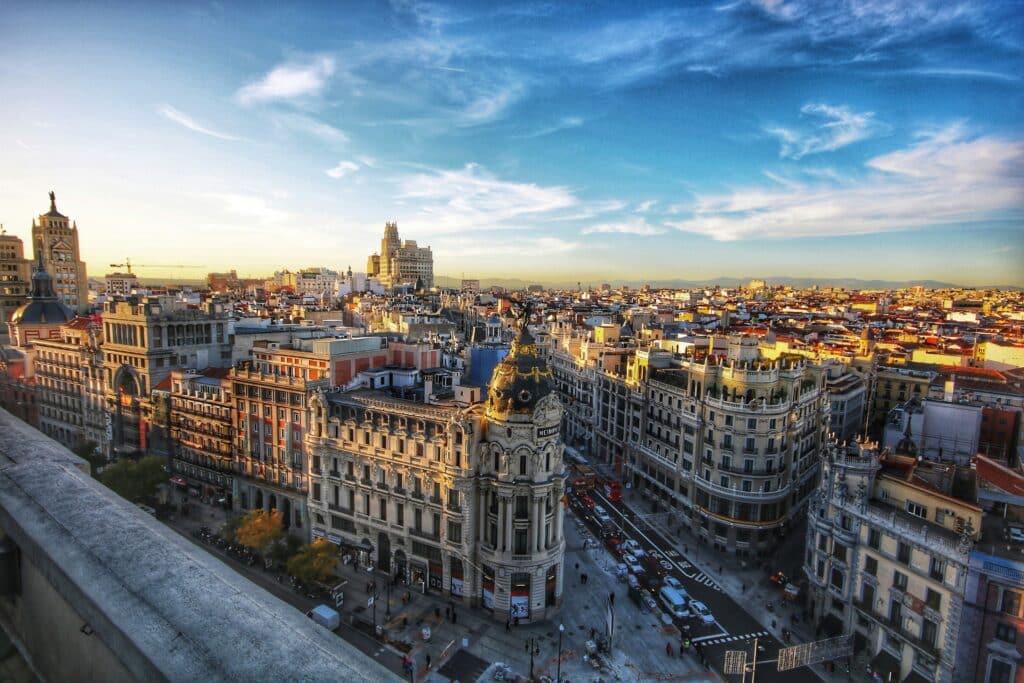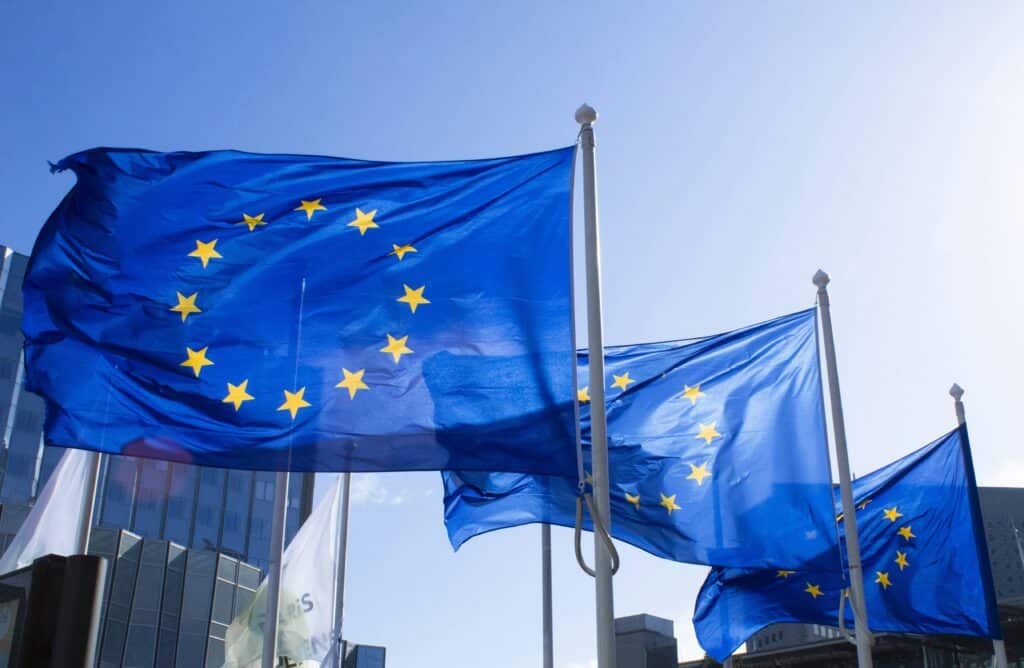EU Gas Network Codes
What are the EU Gas Network Codes? How are they implemented? And, who do they apply to?
This article provides more information about the EU Gas network codes. More information about the EU Electricity network codes can be found here.
What is a network code?
A network code is a set of technical rules enabling the development of the internal energy market in Europe. The network codes address the major barriers impeding the cross-border flow of electricity and gas, transforming a mere “patchwork” of national energy markets into a single energy market. The NCs guide the integrated operation of cross-border energy networks to allow for increasing competitiveness, more cost-efficient integration of renewables and a secure supply of energy at prices, which are affordable for the European consumers.
Network codes address market, system operation and grid connection rules, the so-called ‘’software’’ of the EU internal energy market. The Trans-European Energy Networks (TEN-E) Regulation addresses cross- border infrastructure investment, the ‘’hardware’’ of the internal energy market.
Background
The EU network codes originate in the Third Energy Package, which complements the process of the liberalisation of the electricity and gas markets initiated back in the mid-1990s.
The Package consisted of:
- two Directives, one concerning common rules for the internal market in gas (2009/73/EC), one concerning common rules for the internal market in electricity (2009/72/EC). Those Directives are sometimes referred to as Gas Directive and Electricity Directive, respectively.
- three Regulations, one on conditions for access to the natural gas transmission networks ((EC) No 715/2009), one on conditions for access to the network for cross-border exchange of electricity ((EC) No 714/2009) and one on the establishment of the Agency for the Cooperation of Energy Regulators ACER ((EC) No 713/2009). Also knowns as Gas Regulation, Electricity Regulation and ACER Regulation.
[Please note that Electricity Directive, Electricity Regulation and ACER Regulation have been recently repealed by the Clean Energy Package, while the Gas Directive and the Gas Regulation are still in force.]
The Third Energy Package was adopted in July 2009 enforced the fundamental rules governing the EU energy market: the unbundling of energy production and supply, third party access, increase transparency in retail markets and energy consumer protection, strengthened role of National Regulatory Authorities (NRAs) and the improved cooperation between the EU Member States.
Four adopted gas network codes and guidelines
So far, four network codes and a set of Guidelines have been adopted:
- The network code on interoperability and data exchange rules dealing with technical, operational and communication-related barriers to cross-border gas flow,
- The network code on gas balancing introduces the balancing rules and distinguishes the responsibilities of Transmission System Operators and Network Users in terms of balancing.
- The network code on capacity allocation mechanisms directs the network operators to offer access to the pipelines via harmonised auctions selling the same capacity products, according to the same rules and at the same time.
- the congestion management procedures guidelines established by the EC Decision of 24 August 2012 on amending Annex I to Regulation (EC) No 715/2009 introducing procedures that seeking to reduce contractual congestion in gas pipelines. The CMP Guidelines introduce two basic principles: 1/the network users are required to use the contracted capacity, otherwise they risk losing it and 2/the unused capacity should be offered back on the market.
- The network code on harmonised transmission tariff structures is the latest adopted NCs, which aims at the harmonisation of the approaches to tariff setting for gas transmission services in the EU MSs. This NC requires a comparison of national tariff-setting methodologies against a benchmark methodology (Capacity Weighted Distance methodology) and sets a mandatory consultation and publication requirements leading to greater transparency and comparability.
How are gas network codes developed?
The key actors involved in the development of the NCs are: the European Commission, the Agency for the Cooperation of Energy Regulators (ACER) and the European Network of Transmission System Operators for Gas (ENTSOG). However, it does not mean that their role is equal.
Every year, the European Commission drafts, based on the result of public consultations, an annual priority list, which identifies the areas to be included in the NCs development.
Following the Commission’s request, ACER prepares the non-binding Framework Guidelines, stipulating the key principles for the development of NCs. ENTSOG drafts the text of the NC, which should stay in line with the relevant Framework Guideline suggested by ACER. The draft becomes a NC when the text is recommended by ACER, and approved by a committee composed of national experts (Committee on the implementation of common rules on the transport, distribution, supply and storage of natural gas) through the comitology procedure. At the end of the comitology procedure, the Commission adopts the NC in question.
There are more aspects of the development process that are worth mentioning. Firstly, almost each step in the process requires a consultation with the relevant stakeholders, which leads to greater transparency. Secondly, the European Commission has a decisive role in this process and the art. 6 of the Gas Regulation foresees the possibility allowing the European Commission to draft the Framework Guideline or to propose to adopt a network code on its own initiative.
NCs implementation
Once the NCs are adopted by the European Commission, they need to be implemented at the Member States level. The progress of the NCs implementation is overseen by both ENTSOG and ACER, which publish regularly the NCs Implementation Monitoring Reports.
In addition, the network users and other stakeholders can report issues related to the implementation of gas network codes and guidelines (they must concern at least two MSs) through the Gas Network Codes Functionality Platform (FUNC). The platform is managed by ACER and ENTSOG with the Commission’s support. Moreover, the progress in the NCs’ implementation is discussed every year at the European Gas Regulatory Forum (Madrid Forum).
Who do they apply to?
The network codes concerns the operation of the energy (electricity and gas) networks connecting two or more EU Member States and countries, which constitute a part of the European Economic Area (provided the text of the NC is formally incorporated into the EEA Agreement). However, over the past few years some non-EU countries opted for a voluntary adoption of NCs, e.g. the Energy Community Contracting Parties.
If you still have questions or doubt about the topic, do not hesitate to contact one of our academic experts:
Relevant links
- The EU gas network codes: FSR-ENTSOG online course discussing in depth the impact of the gas network codes on the internal gas market
- Technical report: Towards an efficient and sustainable tariff methodology for the European Gas Transmission Network
Courses







